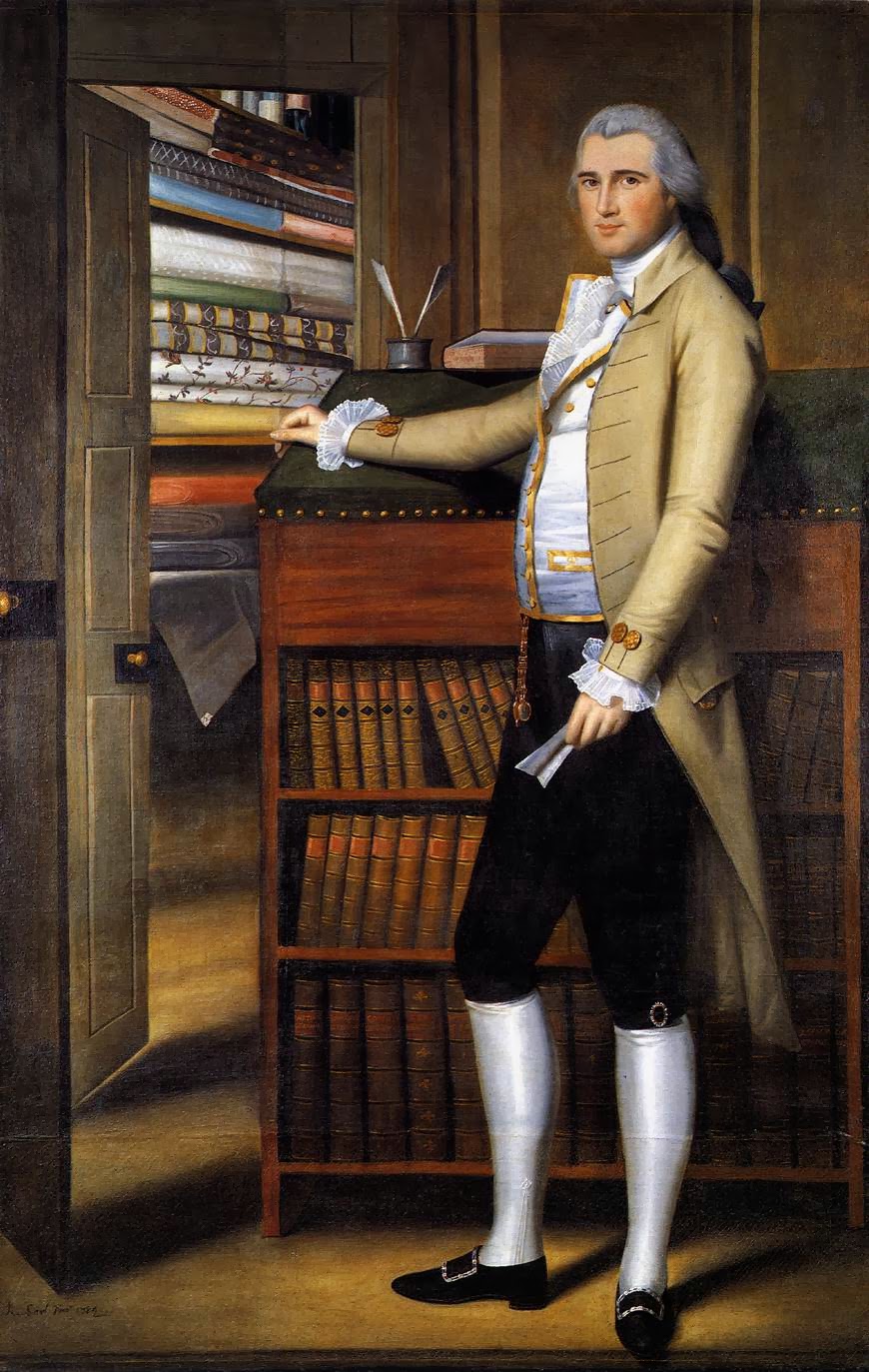I have very big feet – but I am six foot
tall – and recently I treated myself to a new pair of party shoes - not sadly the gorgeous cat shoes shown above.
Since I’m currently
researching life in the Georgian period (for a new series of romances) it
seemed appropriate to post about shoes in the 18th century.
.jpg) |
| Shoes from 1742 (on the left) and 1731 (on the right) |
 |
| These early 18th century shoes have it all: embroidery, buckles and high block heels. |
When George I acceded to the throne,
ladies shoes were highly ornate. They were often made from fine brocade fabric,
embroidered silks or painted leather and had detail such as curved heels and
latchets (straps across the instep to keep the shoe on.)
Since the materials used were not made to withstand to mud and ordure of the street, the Georgian woman about town would slip a pair of clogs on over her shoes, in order to protect them.
Since the materials used were not made to withstand to mud and ordure of the street, the Georgian woman about town would slip a pair of clogs on over her shoes, in order to protect them.
 |
| This is one example of a type of over shoe. The wearer slipped their more delicate slipper into the thong. The metal hoop raised the lady above mud and street filth. |
To ornament the shoes people added large
bows, cockades, fabric flowers or jewelled buckles (real or paste stones
depending on the wearer’s budget!) The buckles were detachable and stored in
custom-made boxes to keep them safe when not being worn. The decoration included
contrasting bindings, latchets and decorated heels.
 |
| Shoes from 1700 - 1720 Silk damask lined with kid leather. A good example of a fashionable, Louie heel. |
In the early part of the 18th
century both men and women wore high heels – the height of the heel equated
with the wearer’s social status. The “Louie” or French heel was popular early
on – these were carved from a wooden block and curved in to flare out at the
base. In the 1770’s heels were short and narrow and gradually evolved into a
shape similar to the modern kitten heel.
The French Revolution in 1782 perhaps
promoted a fashion for ‘flatties’ to show that everyone was born on the same
level. By the 1810’s there was a stark contrast with the shoe of a hundred
years earlier. In keeping with sleek regency gowns, the accompanying shoe was
often light, flexible and held on with ribbons – the forerunner of the modern
ballet pump.
 |
| This shoe from around 1770- 1785 shows the smaller lighter heel, reminiscent of a modern kitten heel. |
.jpg) |
| The flat, pump type shoe, secured with ribbons peek from beneath the hem of this elegant lady's gown. |
 |
| King Louis XIV of France - heels and all |
.jpg) |
| Detail from King Louis XIV's portrait showing red heels, buckles and bows. |
 |
| At the end of the 18th century, as men's clothes became less flamboyant, so did their shoes. |

.jpg)






















